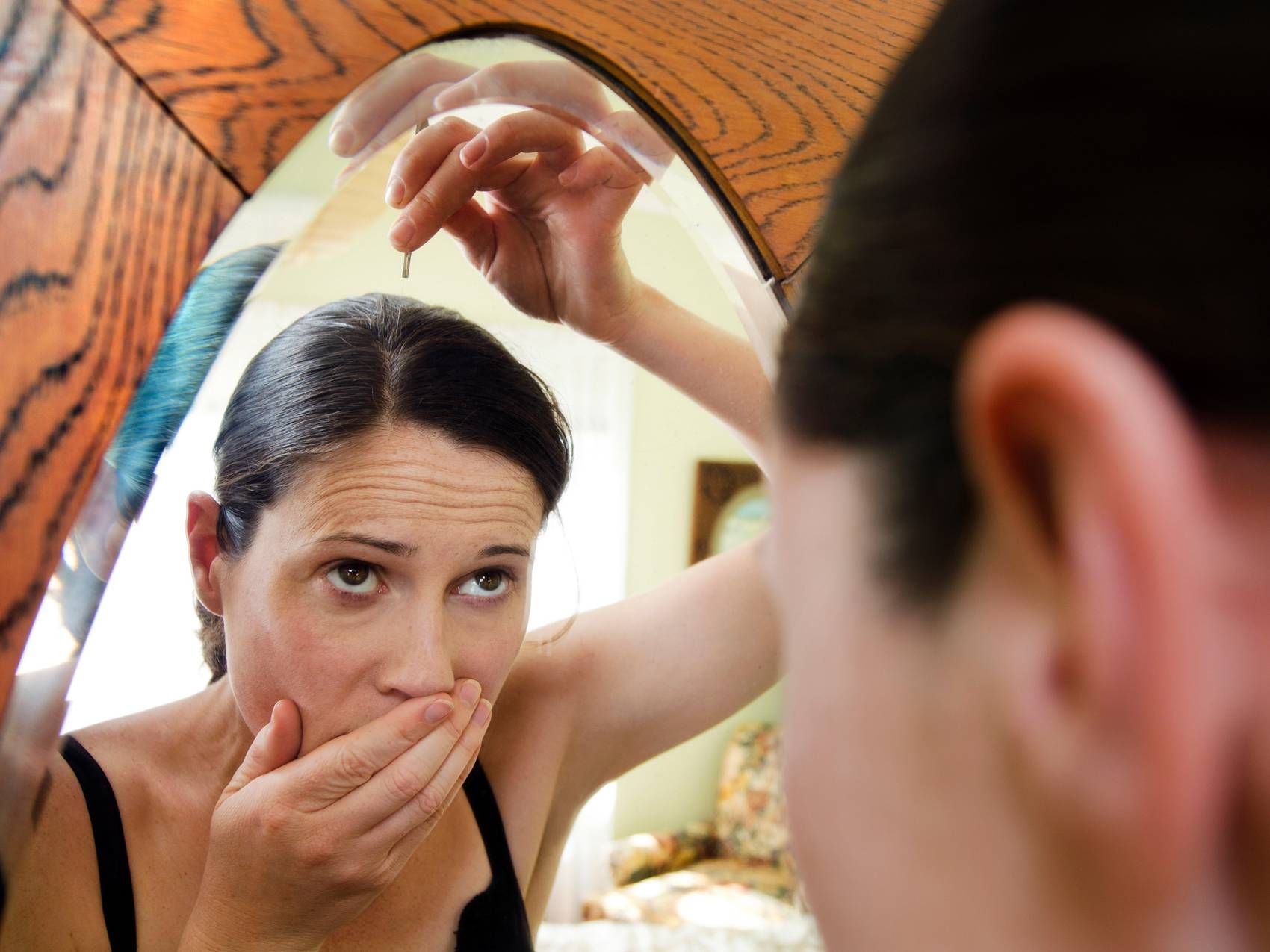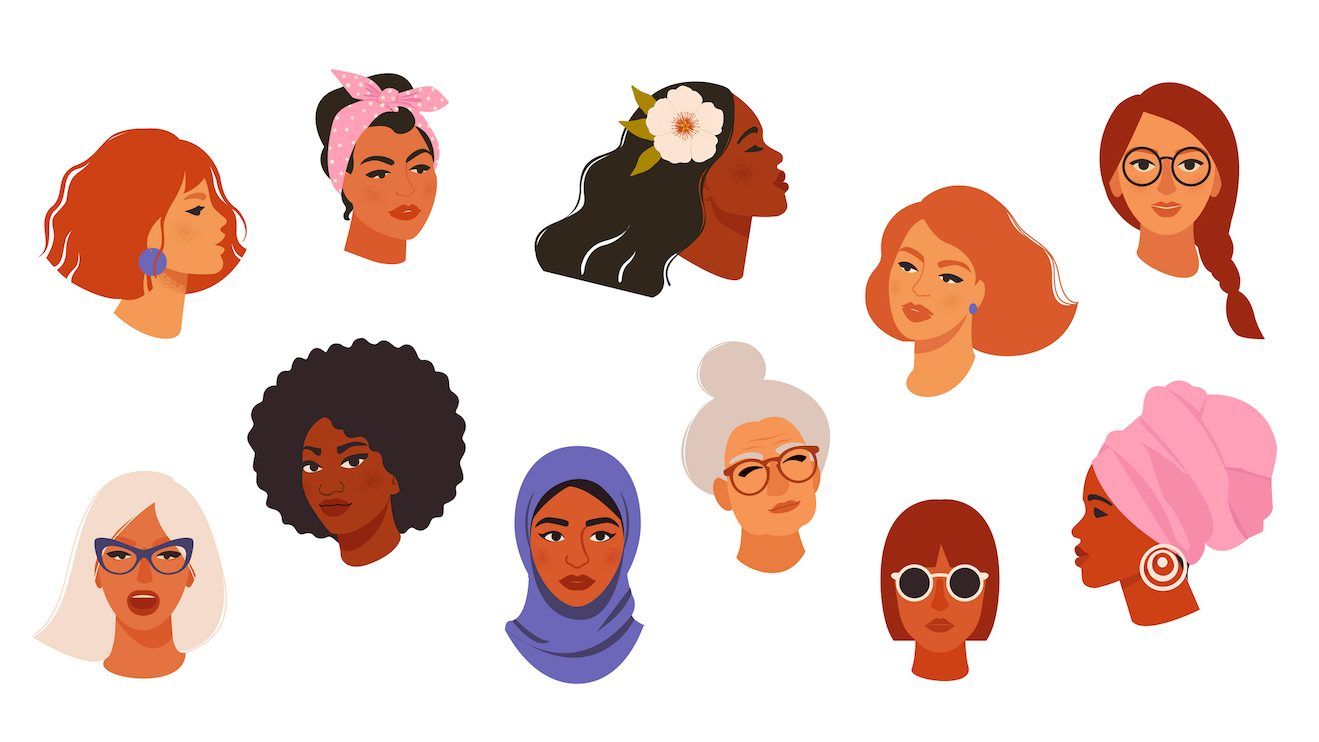many canadians are upset about veteran broadcaster lisa laflamme being asked to leave her job as
anchor of ctv national news after 35 years with the network. in the aftermath of her departure, which raises questions about ageism and sexism, a question is lingering on many people’s minds: how much of what happened has to do with her grey hair? a senior network official
told the globe and mail that in a meeting, ctv news head michael melling
asked who had approved the decision to “let lisa’s hair go grey.” the subject came up again on set when he commented that her hair had a purple hue in the studio lighting.
the silver-haired laflamme, 58, had garnered praise and support from women across canada in 2020, when she stopped dyeing her hair because she couldn’t get to her colourist during the pandemic. as she explained in the network’s year-in-review broadcast, “i finally said, ‘why bother? i’m going grey.’ honestly, if i had known the lockdown could be so liberating on that front i would have done it a lot sooner.”
grey hair is a universal sign of aging
while some people maintain their hair colour well into their senior years, many don’t – and greying hair is regarded as a universal sign of advanced age. the trouble is, societal pressures to be youthful and vibrant have many people locked into the cycle of dyeing their hair and covering up any visible grey roots as soon as they start to show.
 3 minute read
3 minute read




















